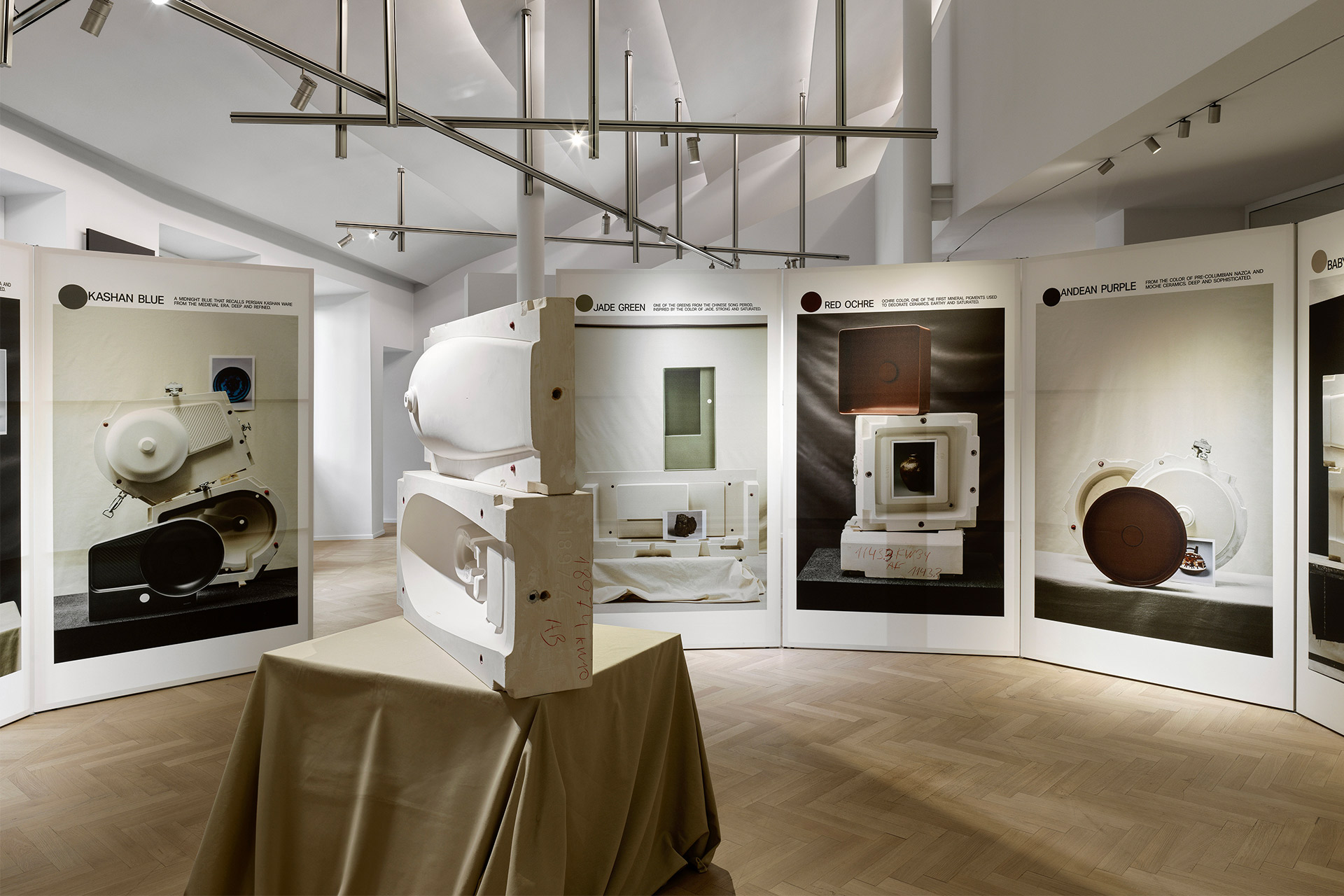

Color Archaeology is a multidisciplinary project designed for LAUFEN, which combines art, design, archaeology, and the history of color, analyzing ancient ceramic productions from a chromatic perspective, considering a period of time ranging from 4000 BC. to 1500 AD.
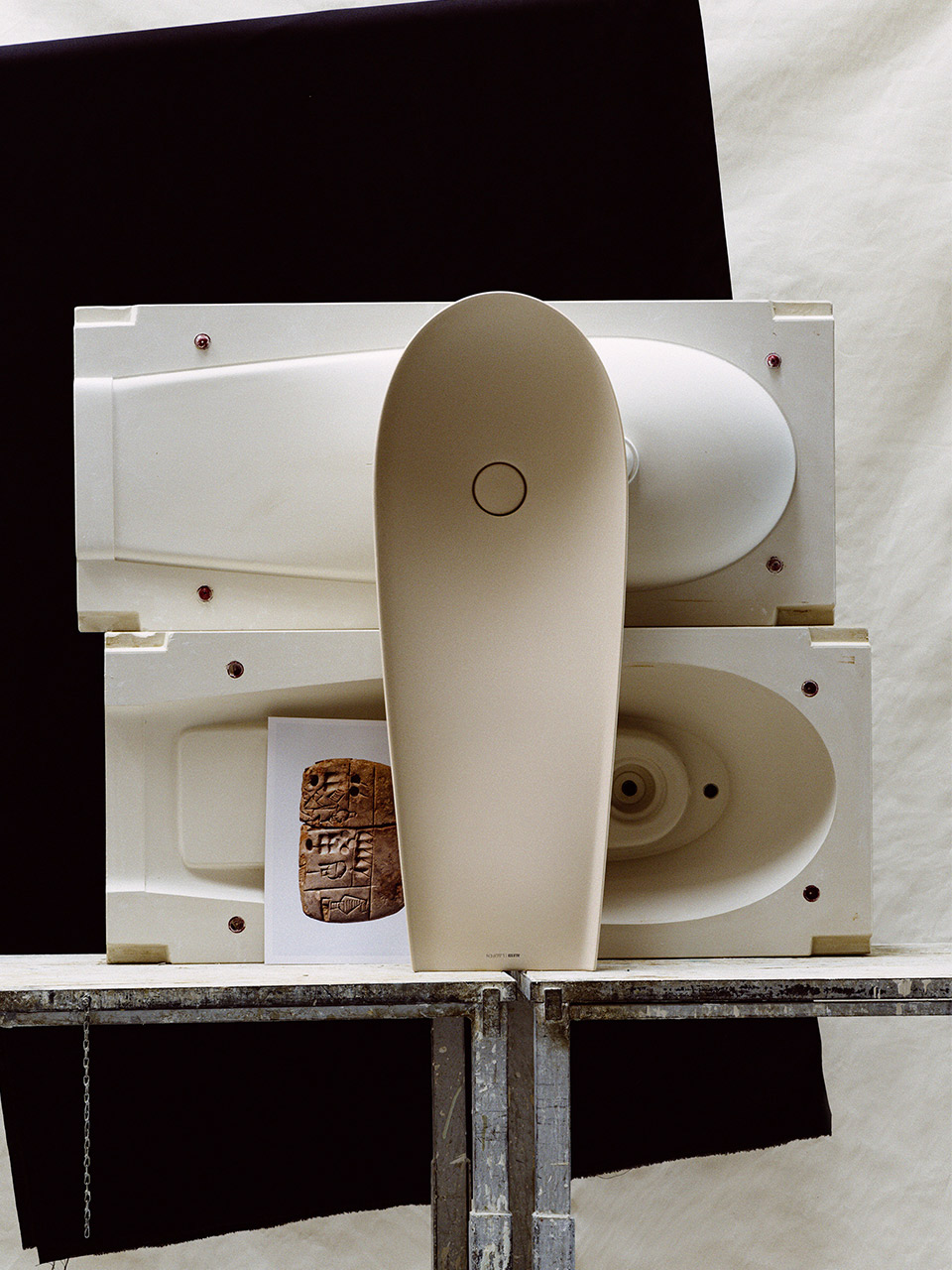
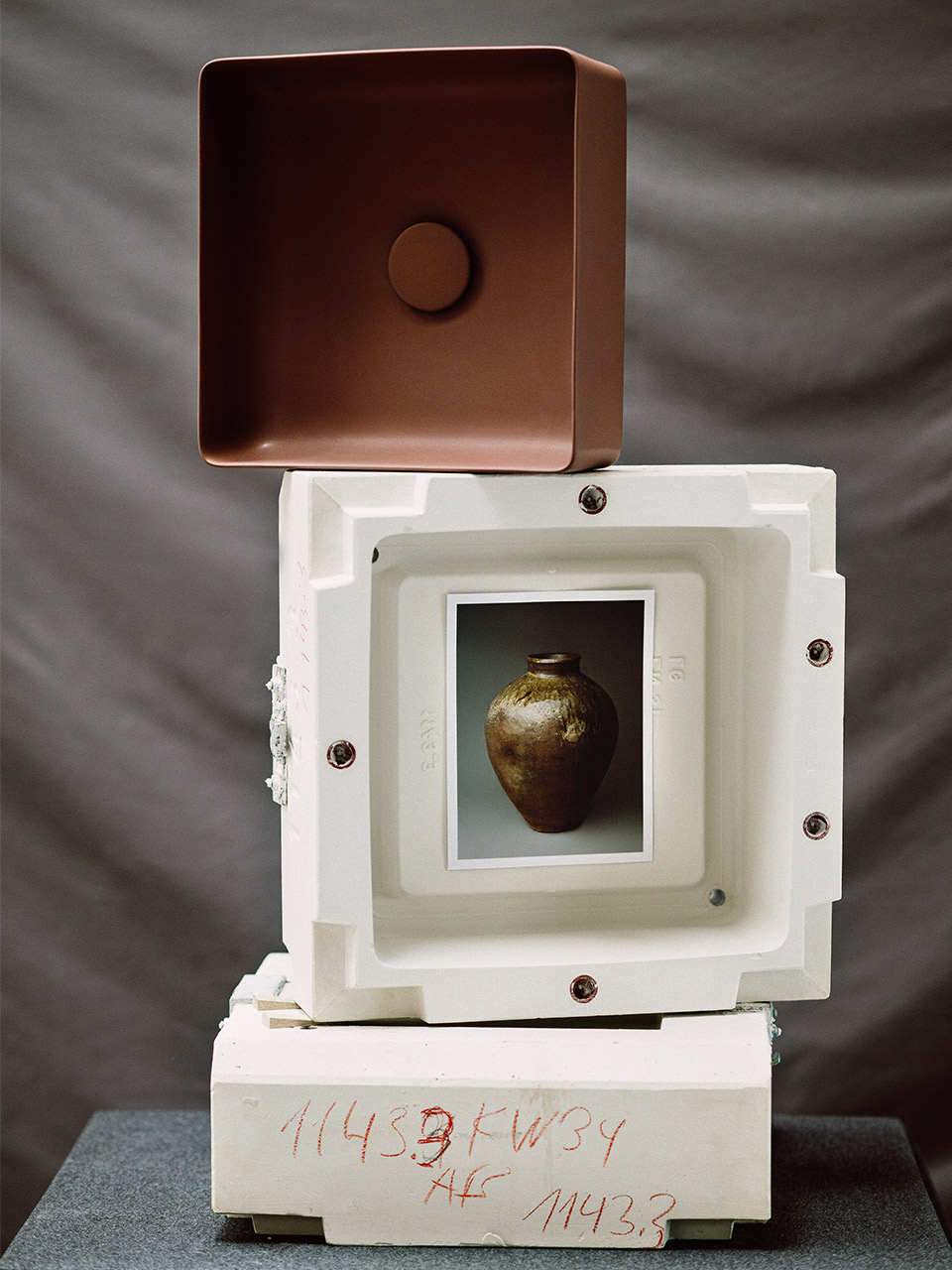
The project unfolds through the study and chromatic classification of thousands of ceramic works from the databases of the most important international archaeological museums, where the most refined and sought-after hues of the ancient world translate into a palette of twelve colors, each in dialogue with a specific ceramic production.
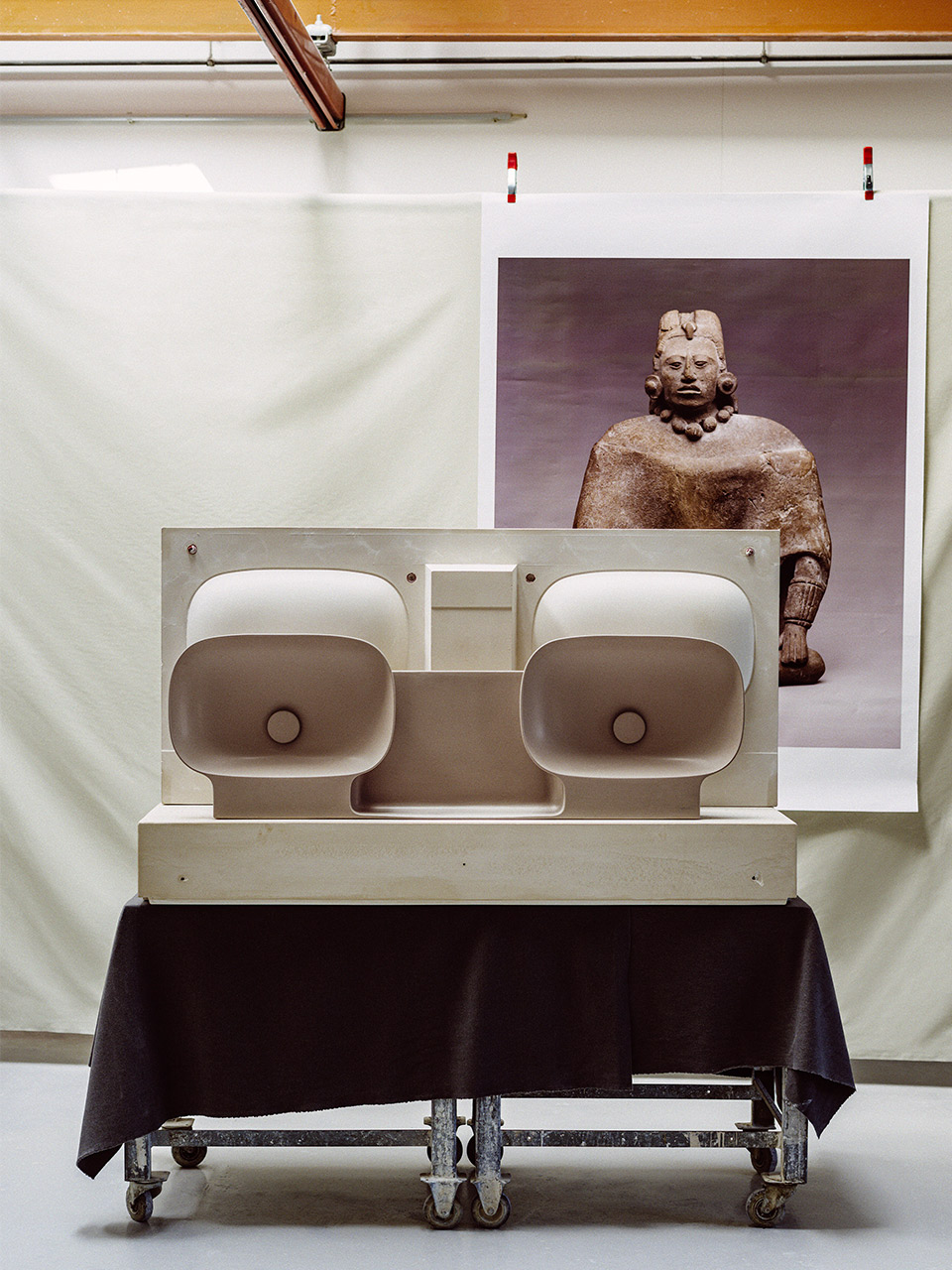
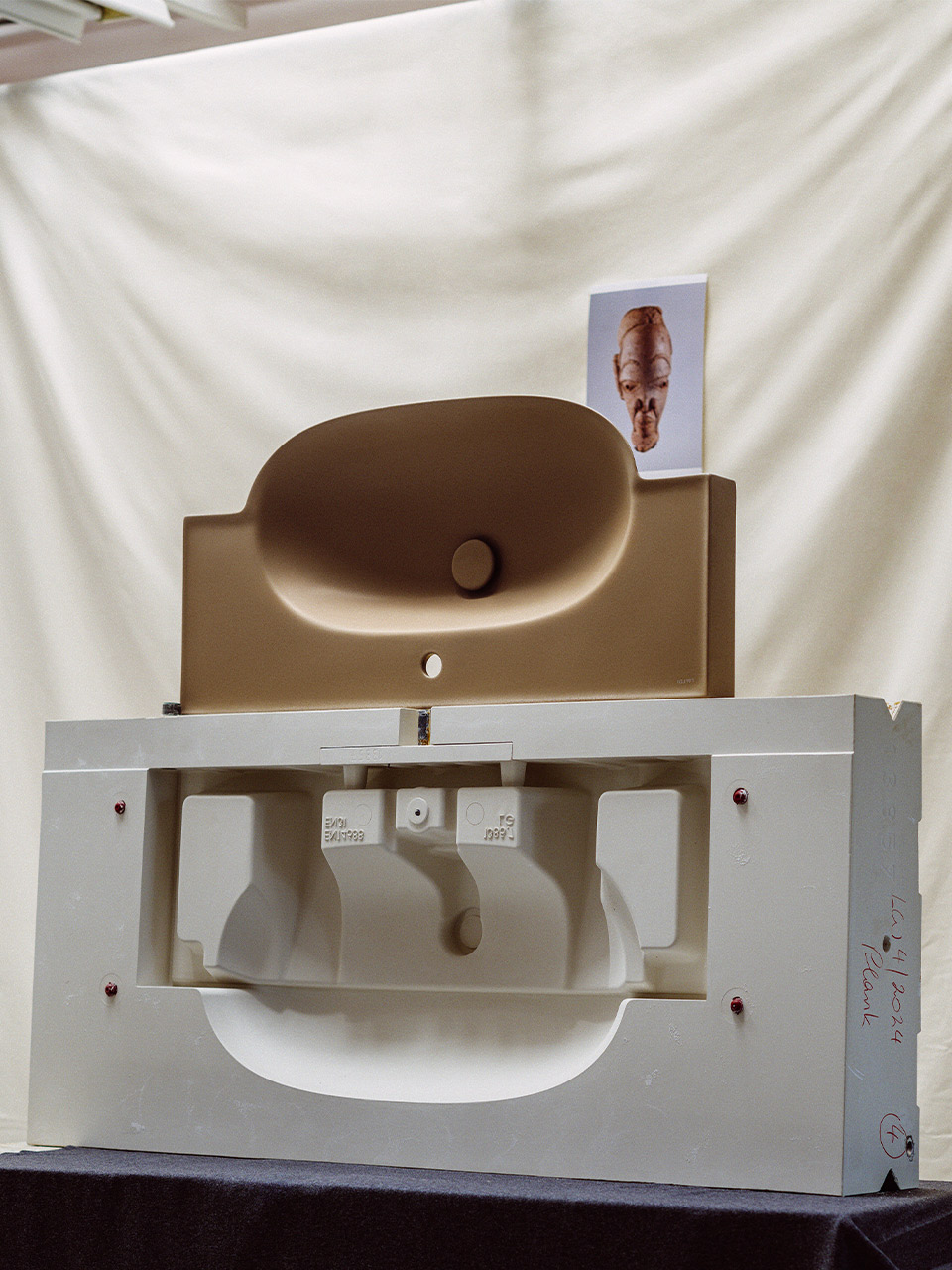
Color Archaeology translates the burnt orange of Roman sealed earth, the Nazca and Moche ochres of pre-Columbian productions, Chinese imperial celadons, the shady greens of the Japanese Kamakura period, the soft pinks of African Nok earthenware, the sandy tones of Mesopotamian productions, the ceruleans of ancient Egypt, and the night blue of medieval Islamic ceramics, in a compendium of colors that reinterpret archaeological ceramics through chromatic classification.
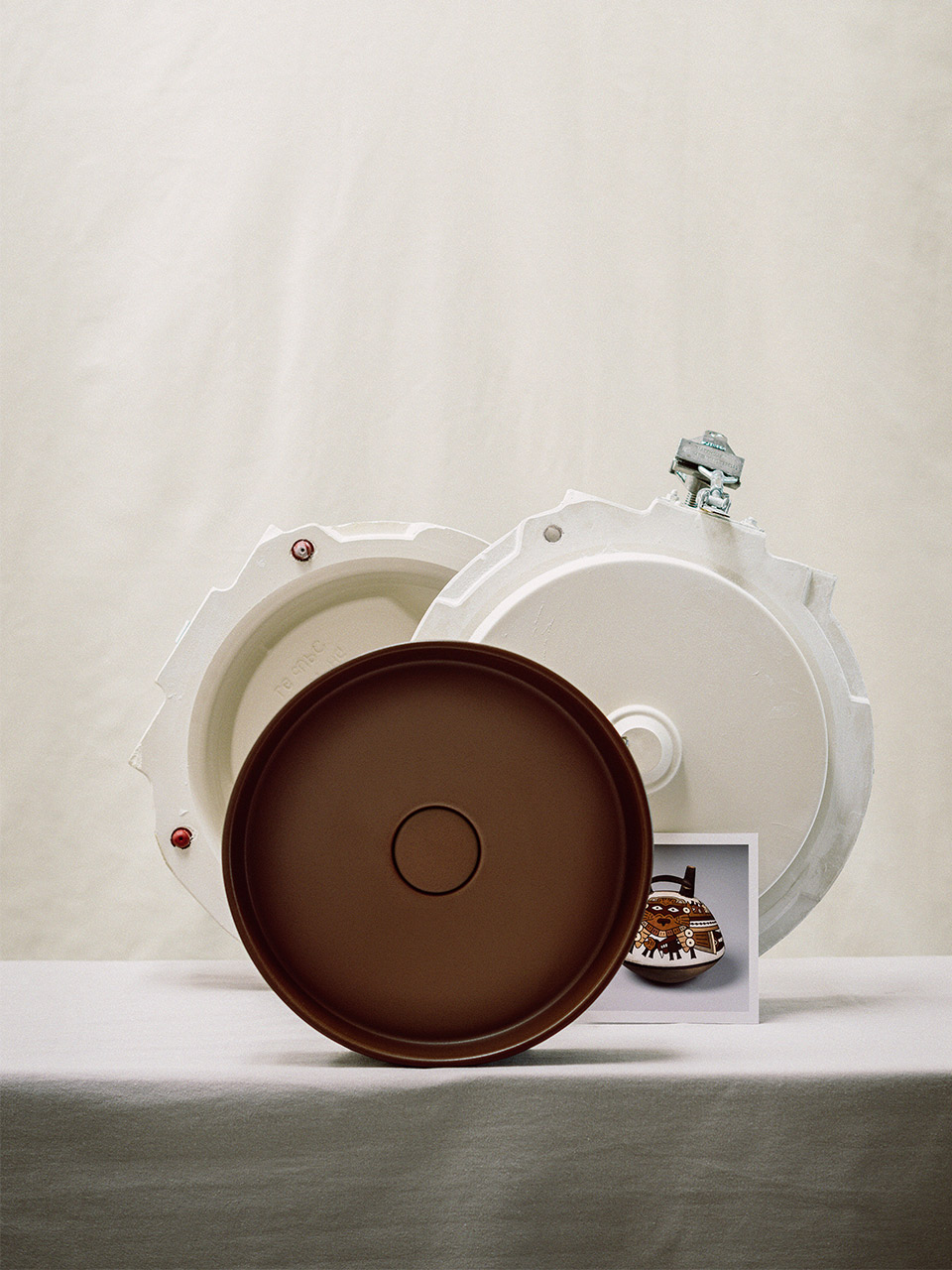
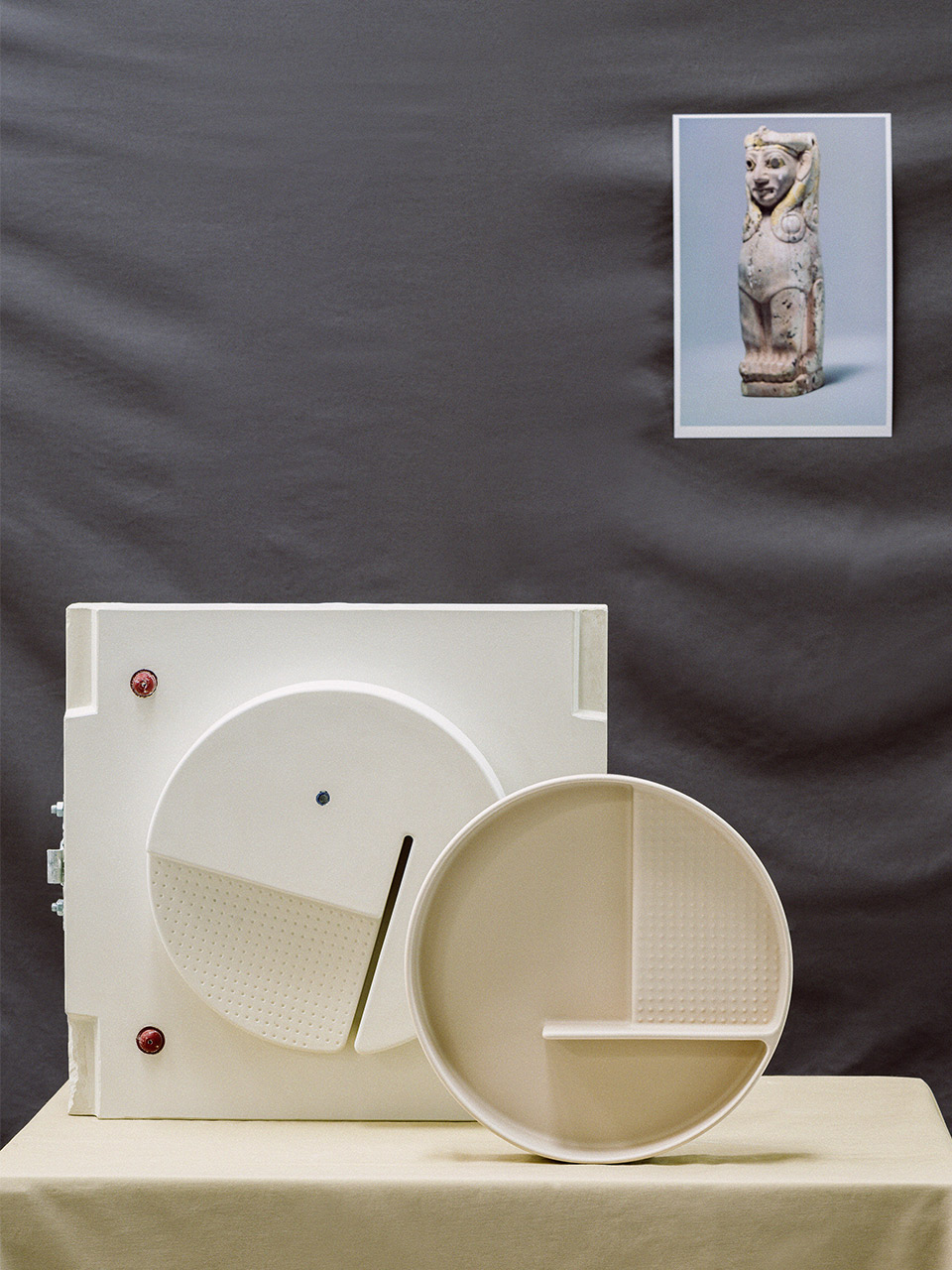
These colors evoke temporal fragments and specific geographies, alchemical discoveries, and refined aesthetics, a spectrum of hues subjectively reinterpreting the archaeological perspective - designed today as yesterday to be applied to ceramics, to enter domestic spaces and express an affinity, a feeling.
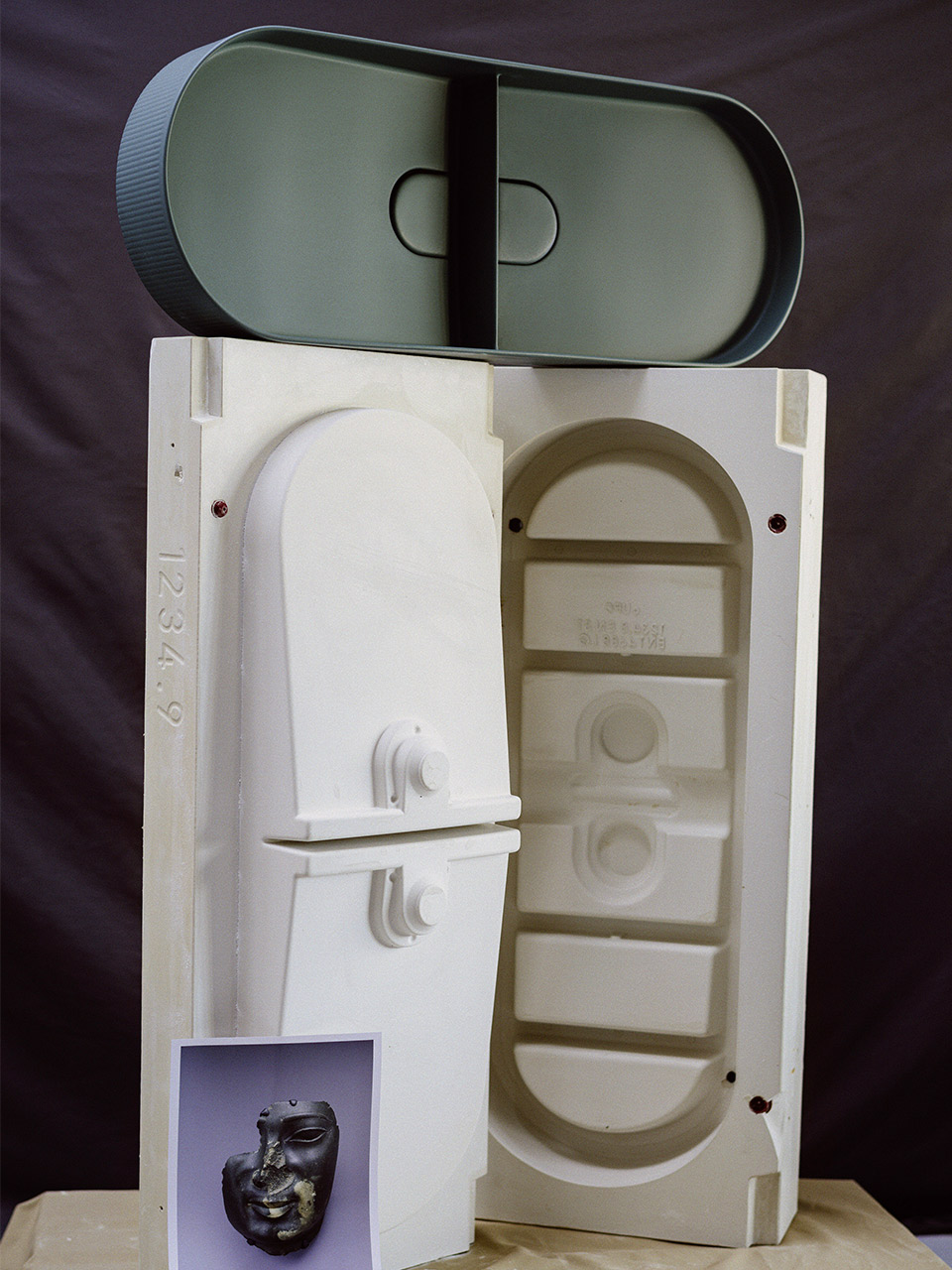
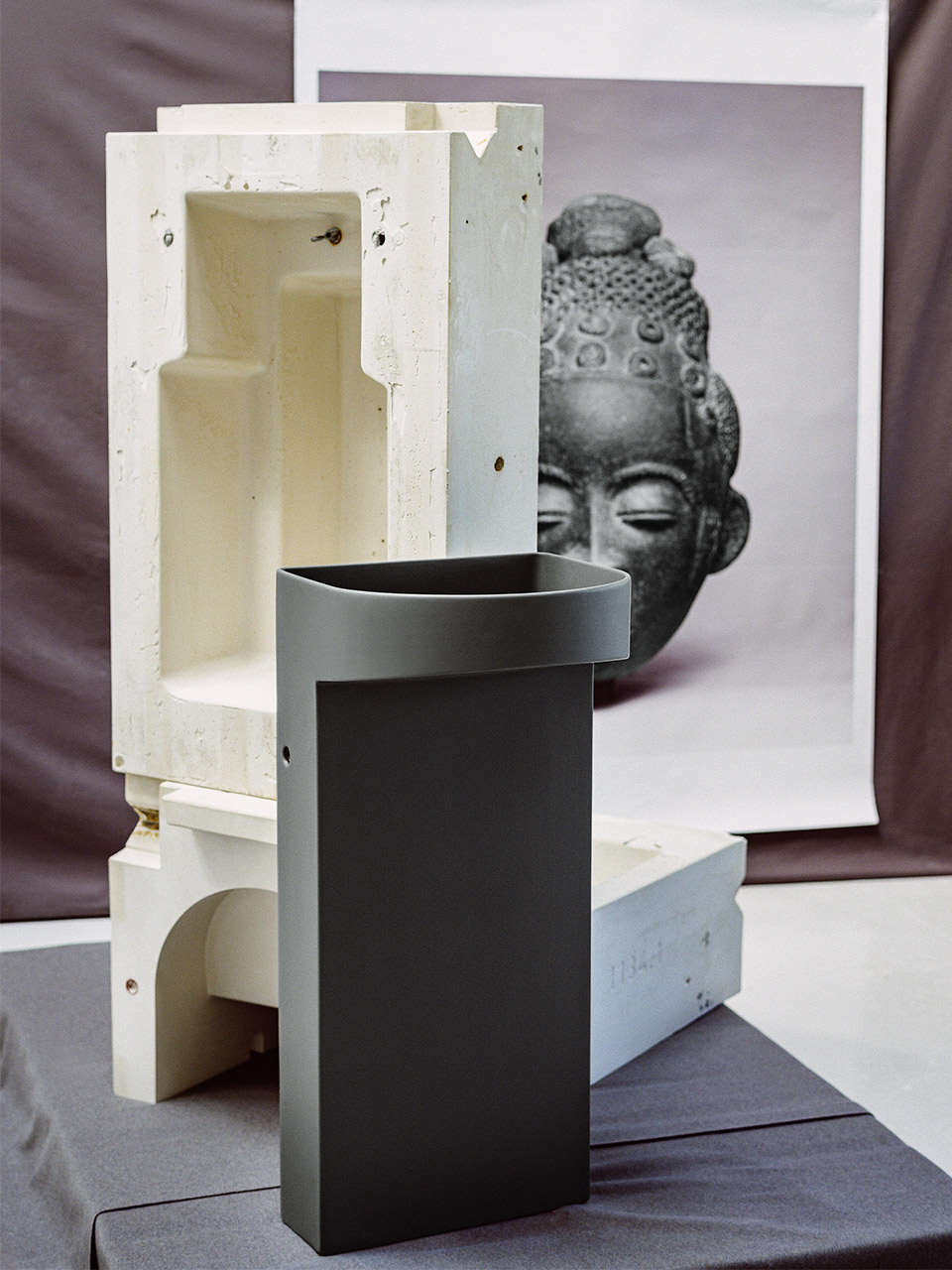
Similar to Le Corbusier's Polychromie Architecturale, codified in 1931 to create a timeless color palette, the collection of twelve colors of Color Archaeology - which required three years of research and development - is designed to maintain its value and expressive power over time.
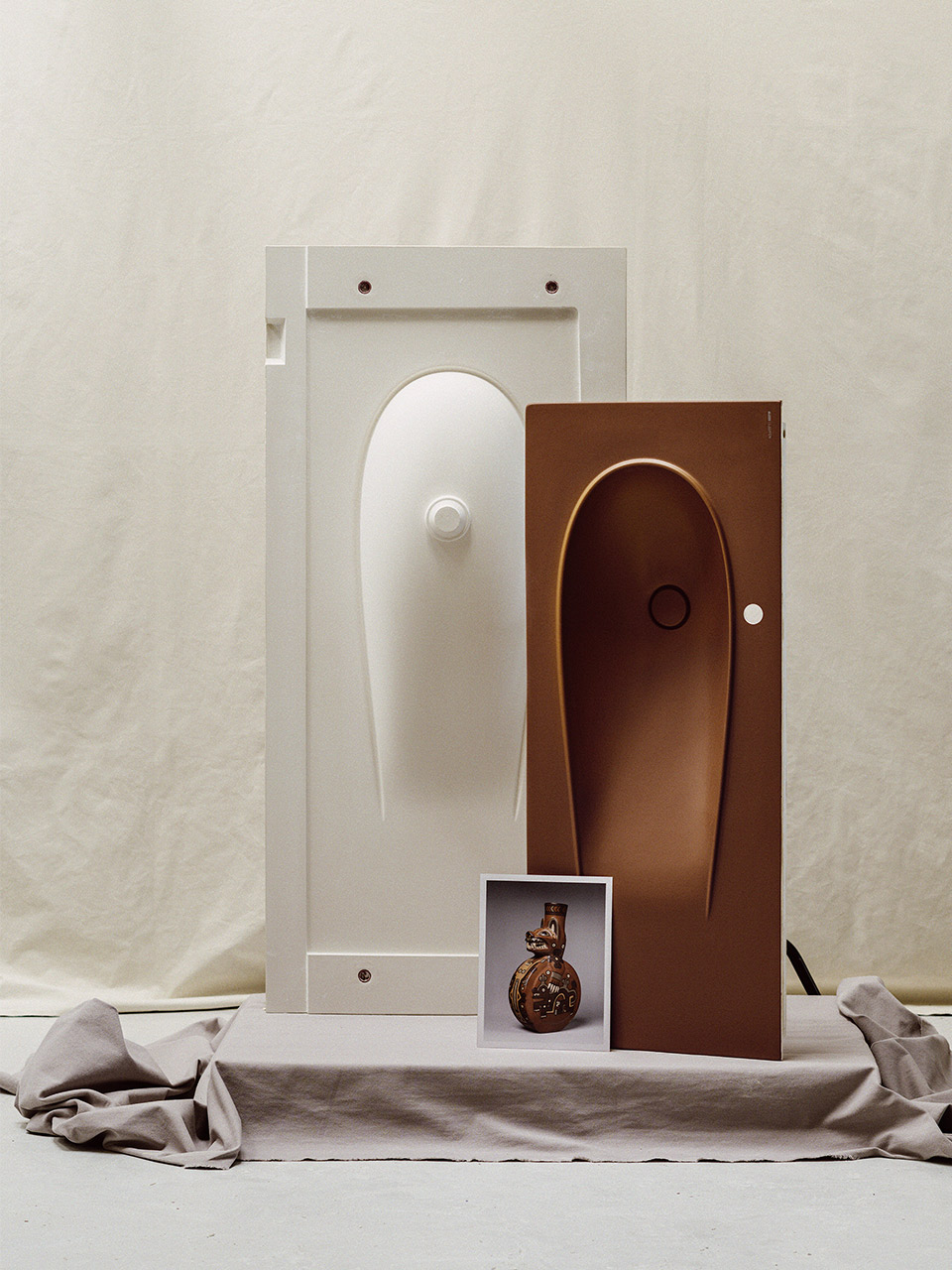
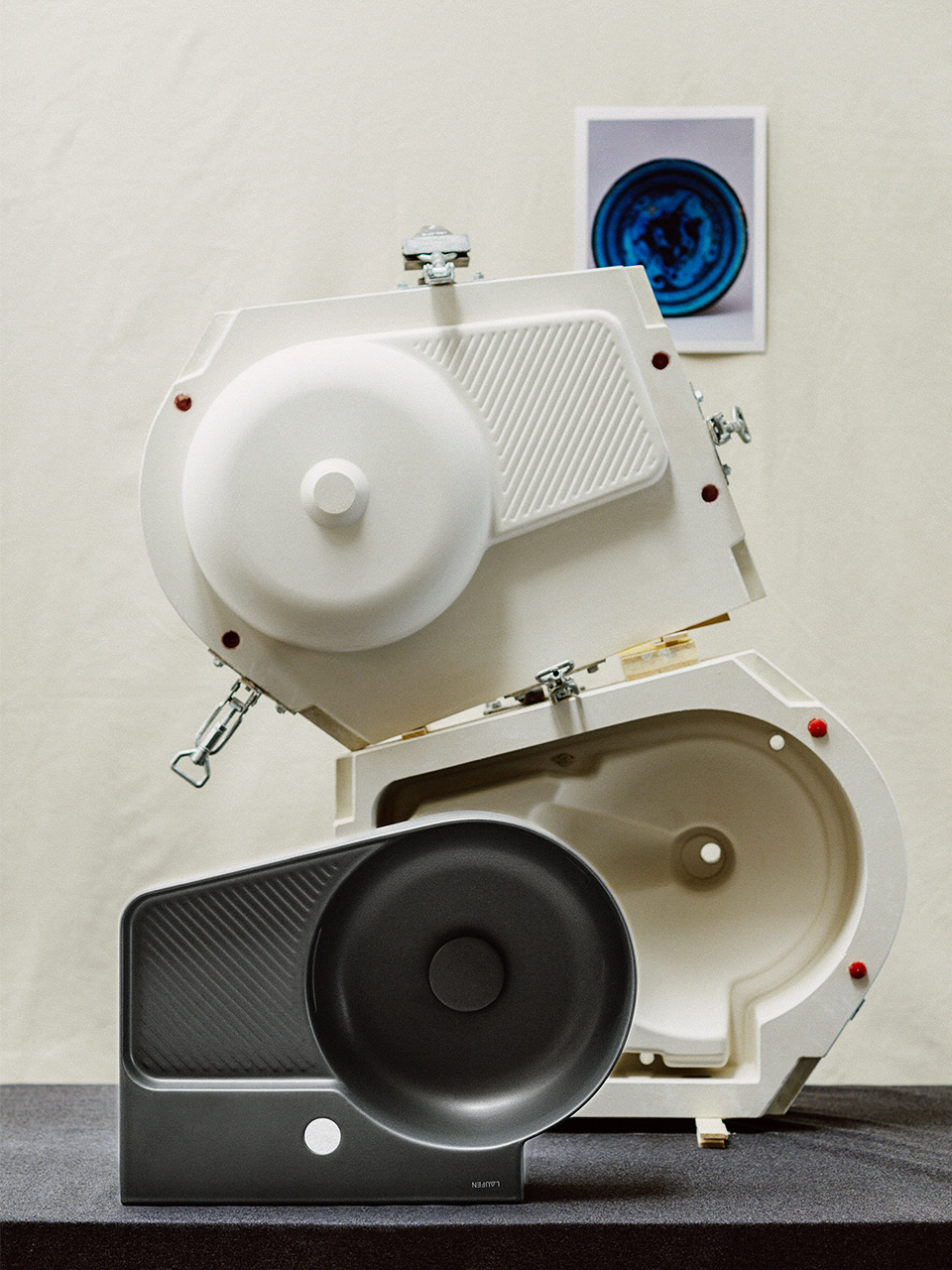
Color Archaeology reinterprets the most significant hues of the ancient world to offer the public and designers a tool designed for both the present and the future.
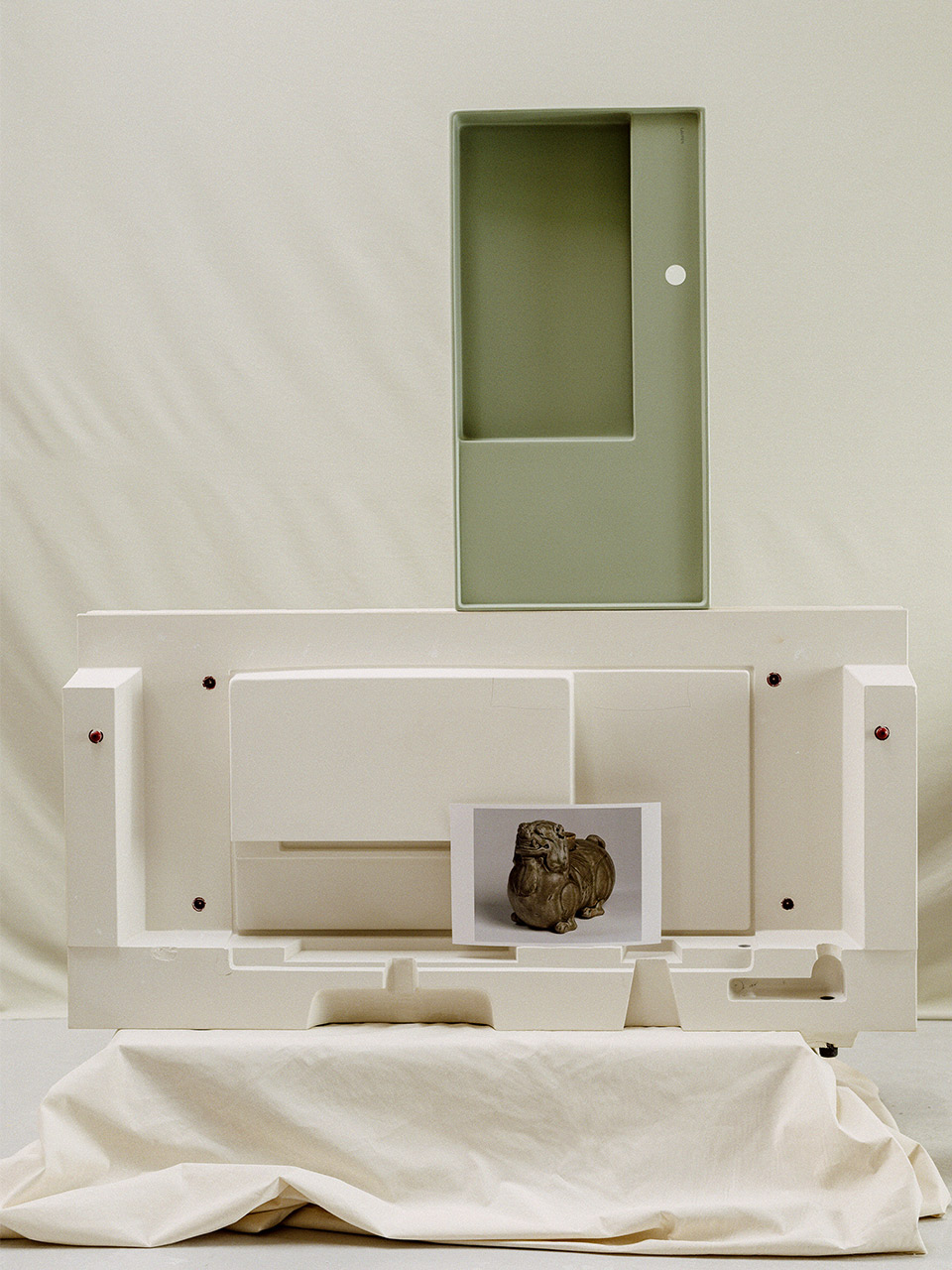
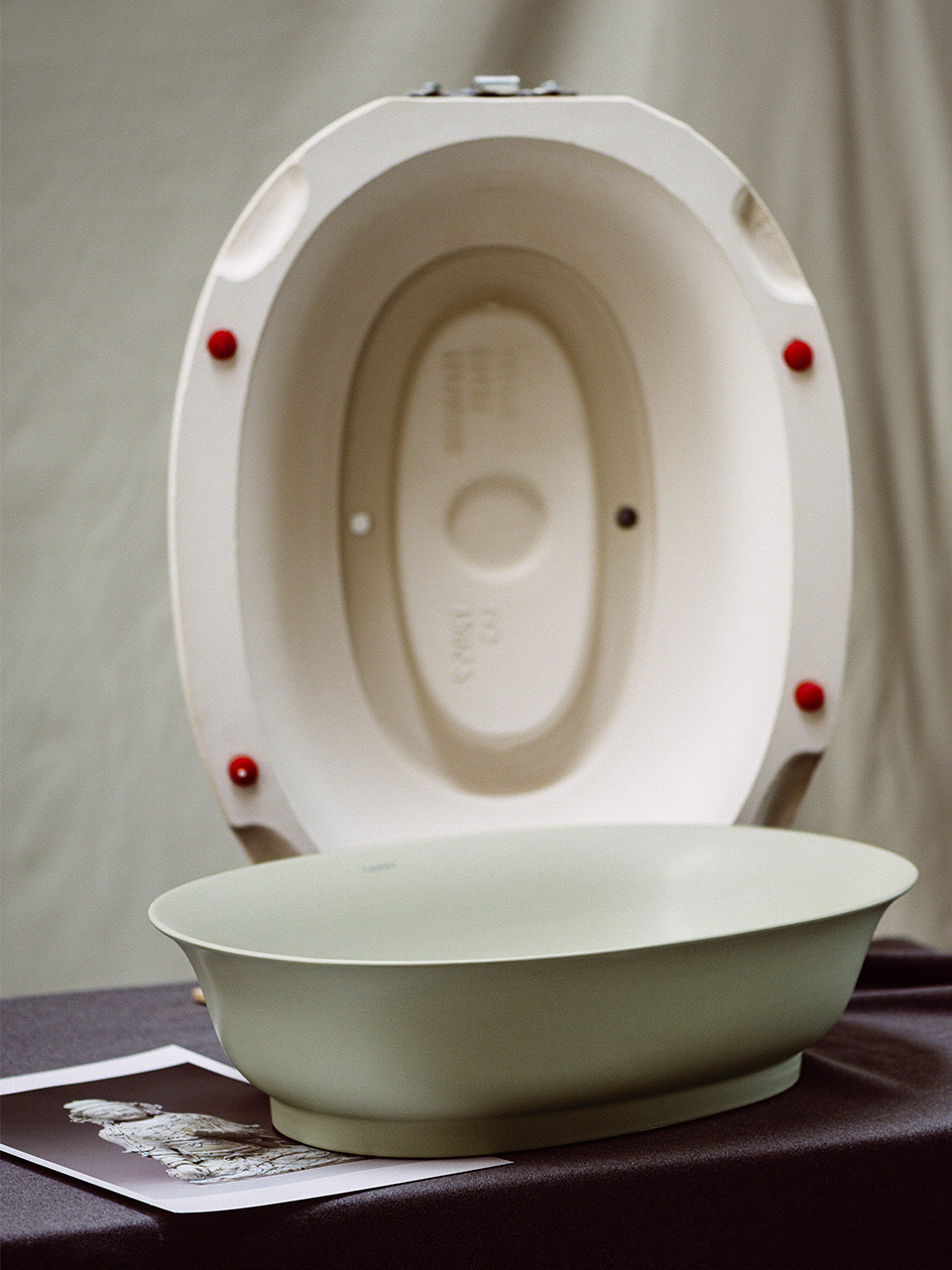
On the occasion of the COLOR ARCHAEOLOGY exhibition at the LAUFEN Space in Milan, Roberto Sironi collaborated with ceramist Luca Mandaglio to create a series of ten ceramic sculptures using different techniques and materials, where each piece evokes and references a historical production.
The project is driven by a desire to reinterpret archaeo-anthropological artifacts from ancient cultures and epochs, resulting in a collection where color emerges as a distinctive feature.
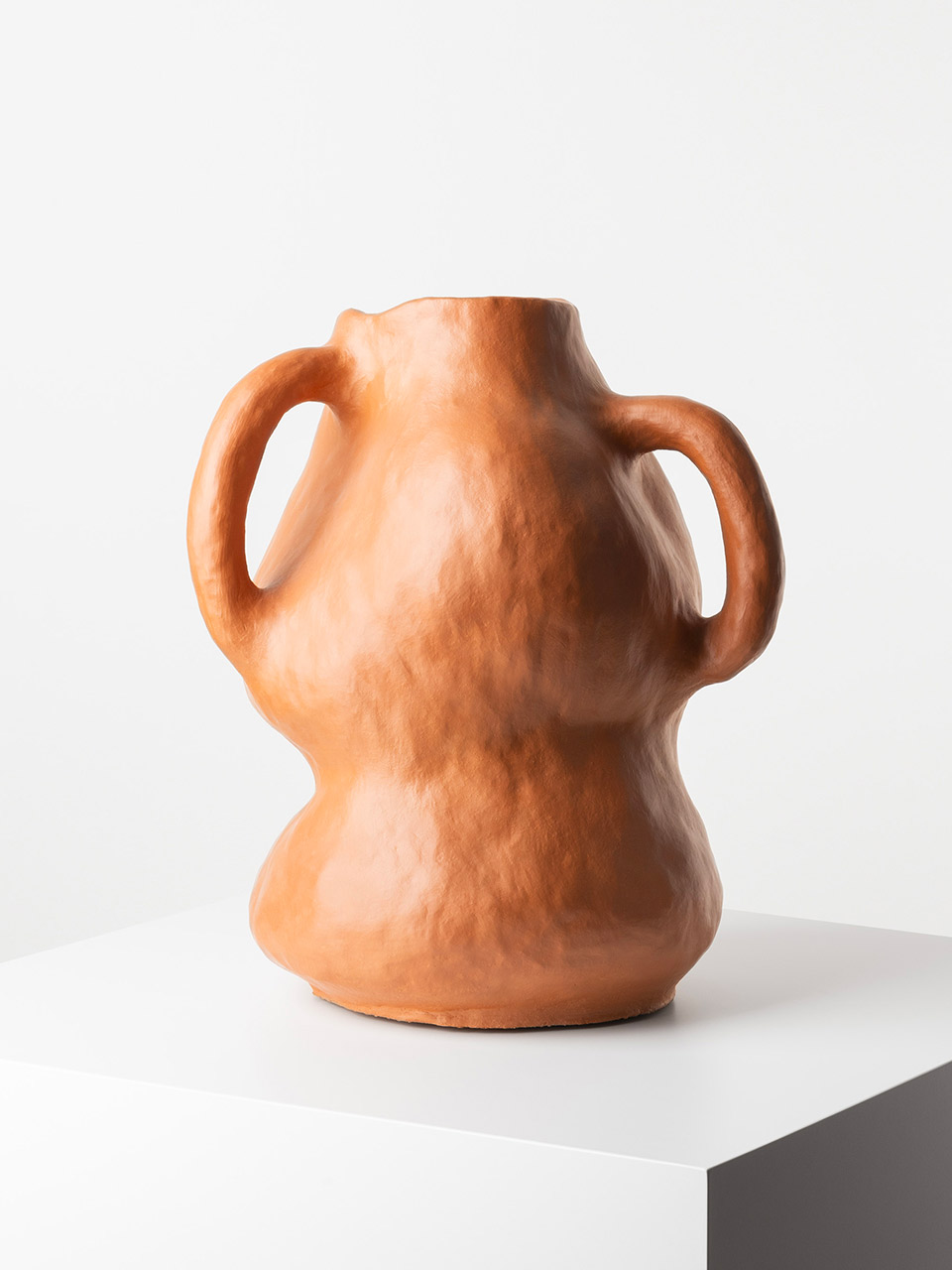
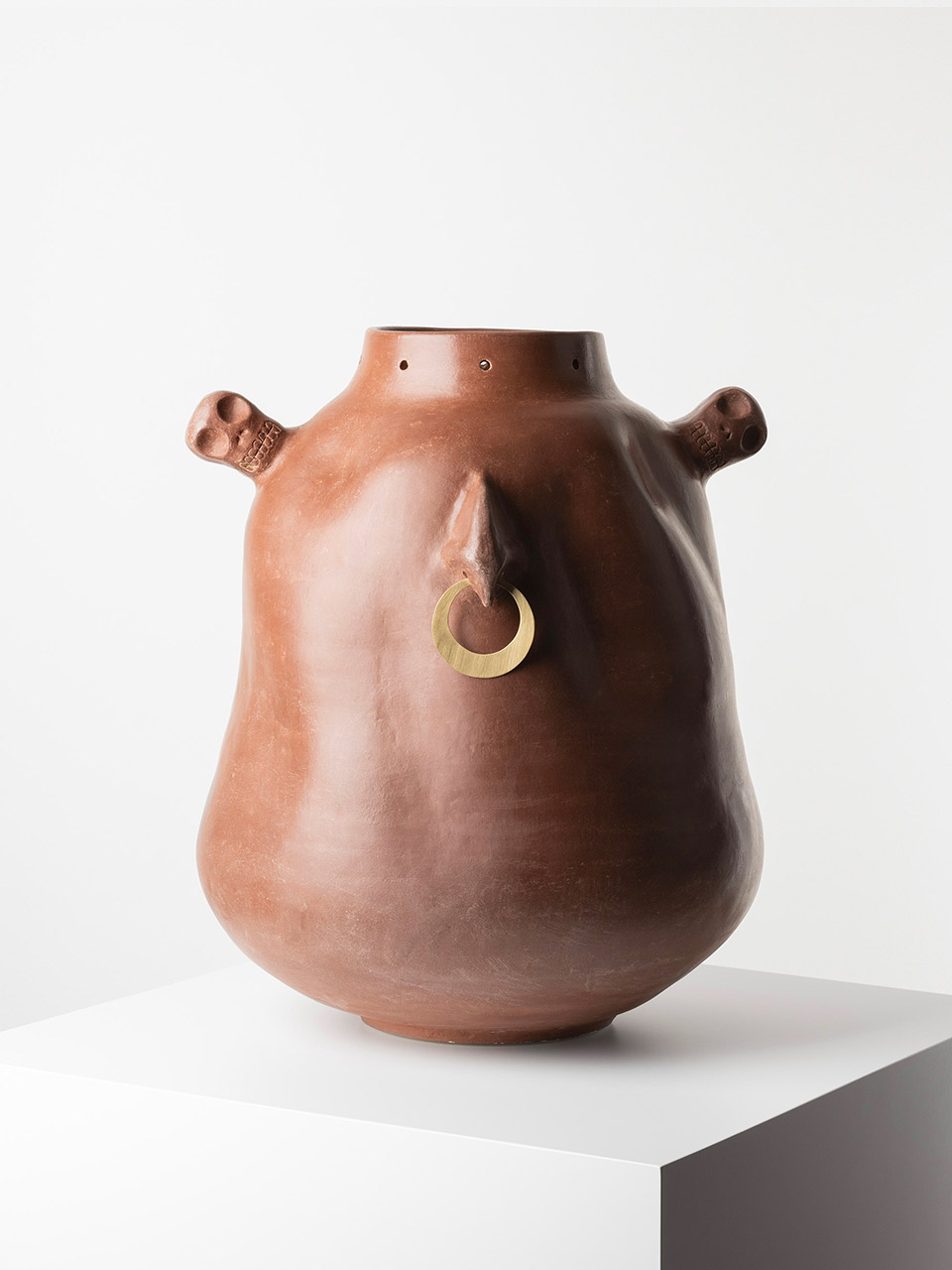
Ceramic is matter of earth, water, air and fire, where the chromatic dimension is generated through an alchemical process in which elements combine according to multiple variables.
Whether it's a Sumerian tablet or a Hellenic vase, ceramics retain an anthropological dimension that narrates the aesthetic and technological achievements of a culture.
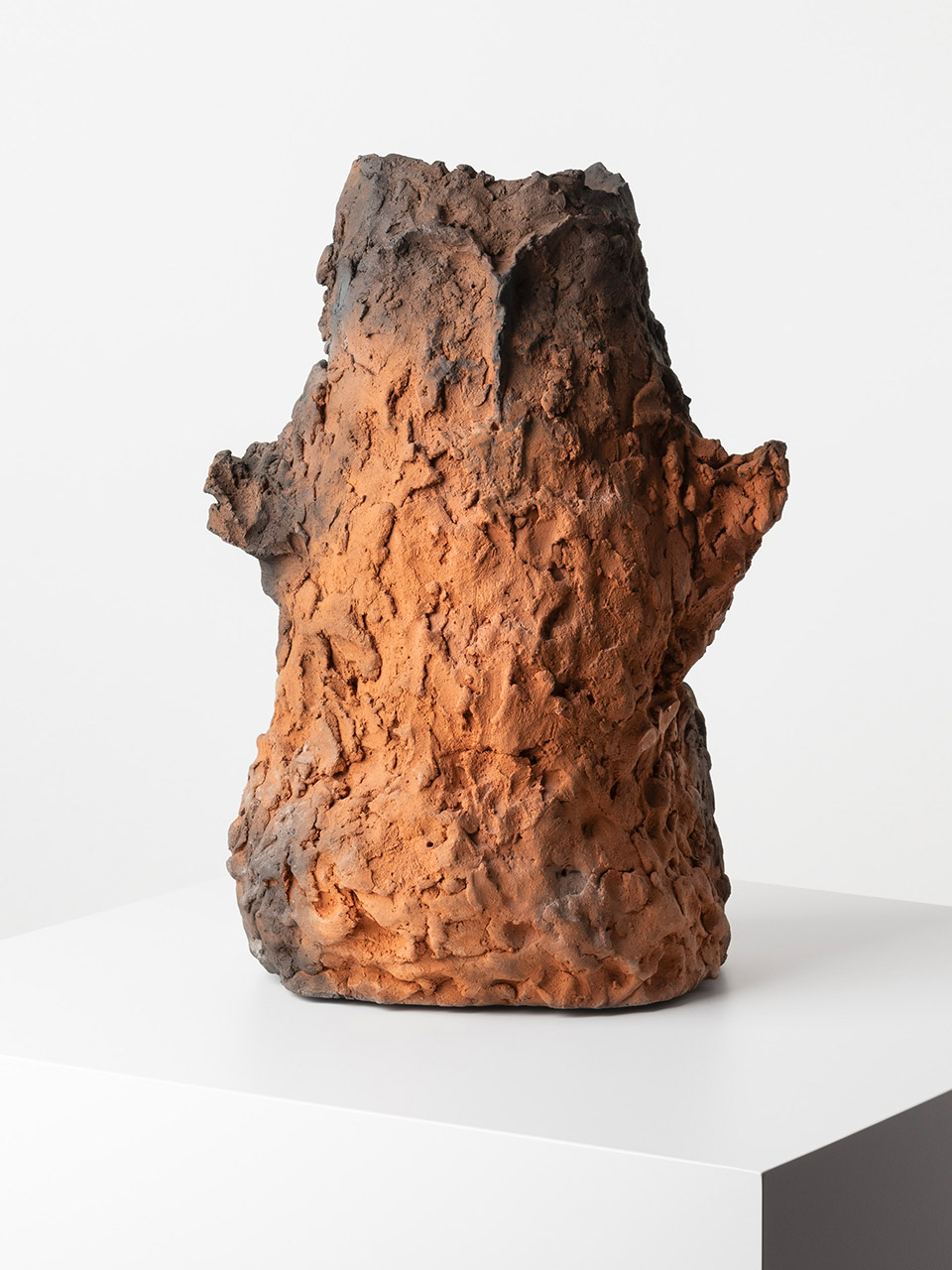
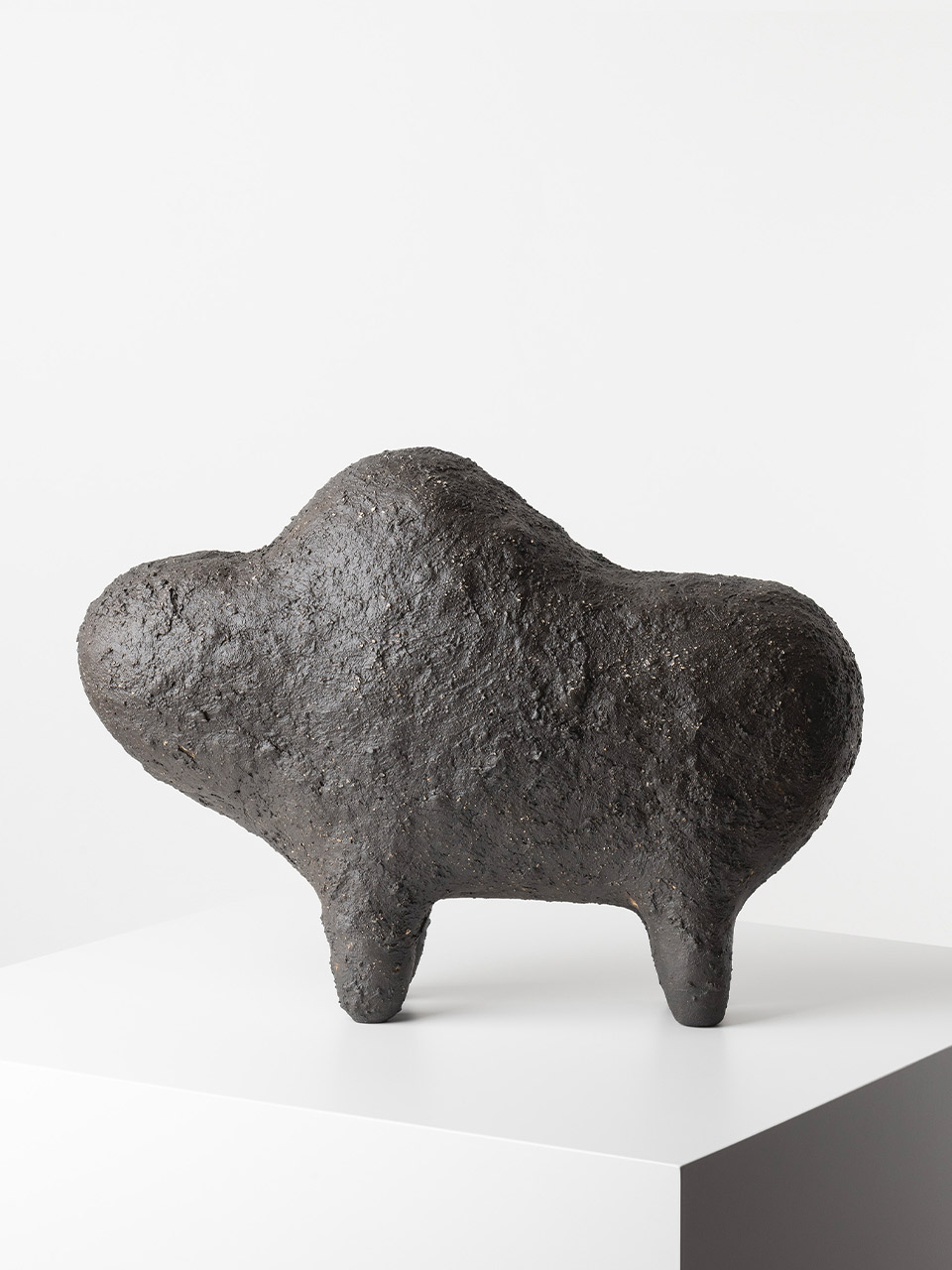
Within this cosmological apparatus, pre-Columbian anthropomorphic jars, Akkadian fragments, and Mesopotamian idols are brought to life, alongside zoomorphic ritual objects recreated in ceramics such as the Boli of the Bamana culture and an Egyptian headless sphinx.
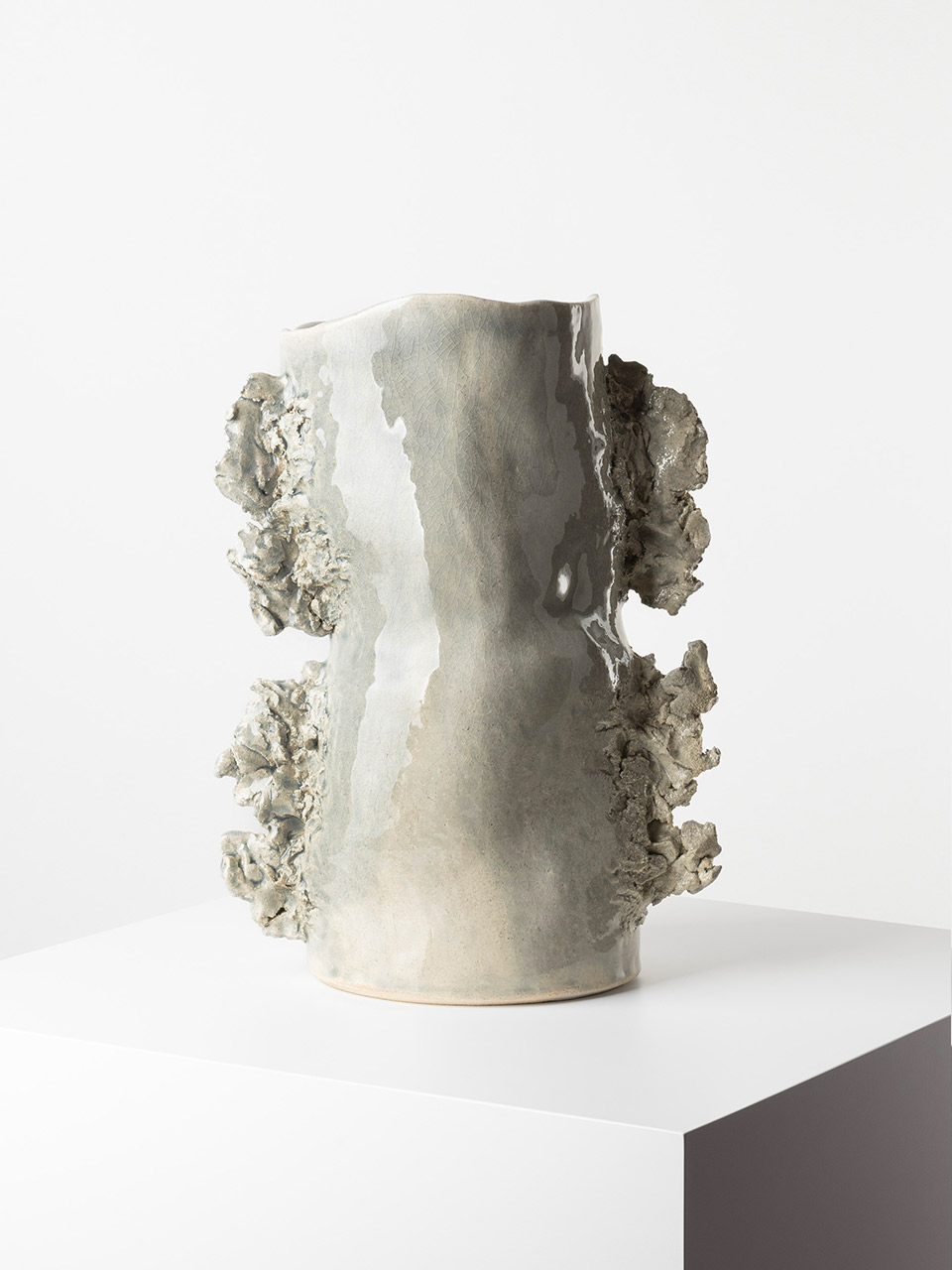
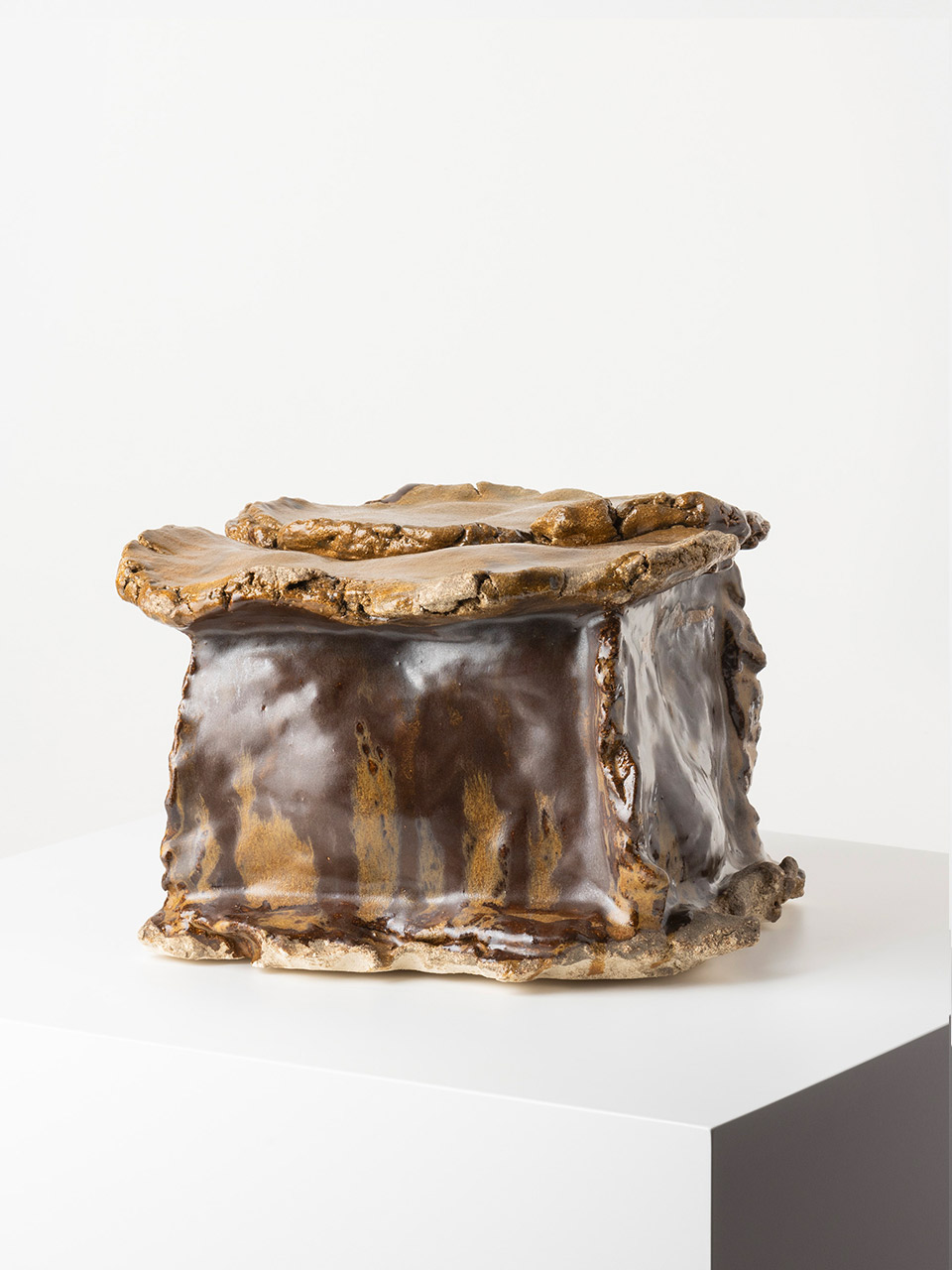
Furthermore, there are ceramics reminiscent of Korean Goryeo and Chinese Longquan productions, a sculpture that refers to the Japanese vernacular architecture of the Kofun period, jugs inspired by medieval Islamic culture and amphorae from imperial Rome.
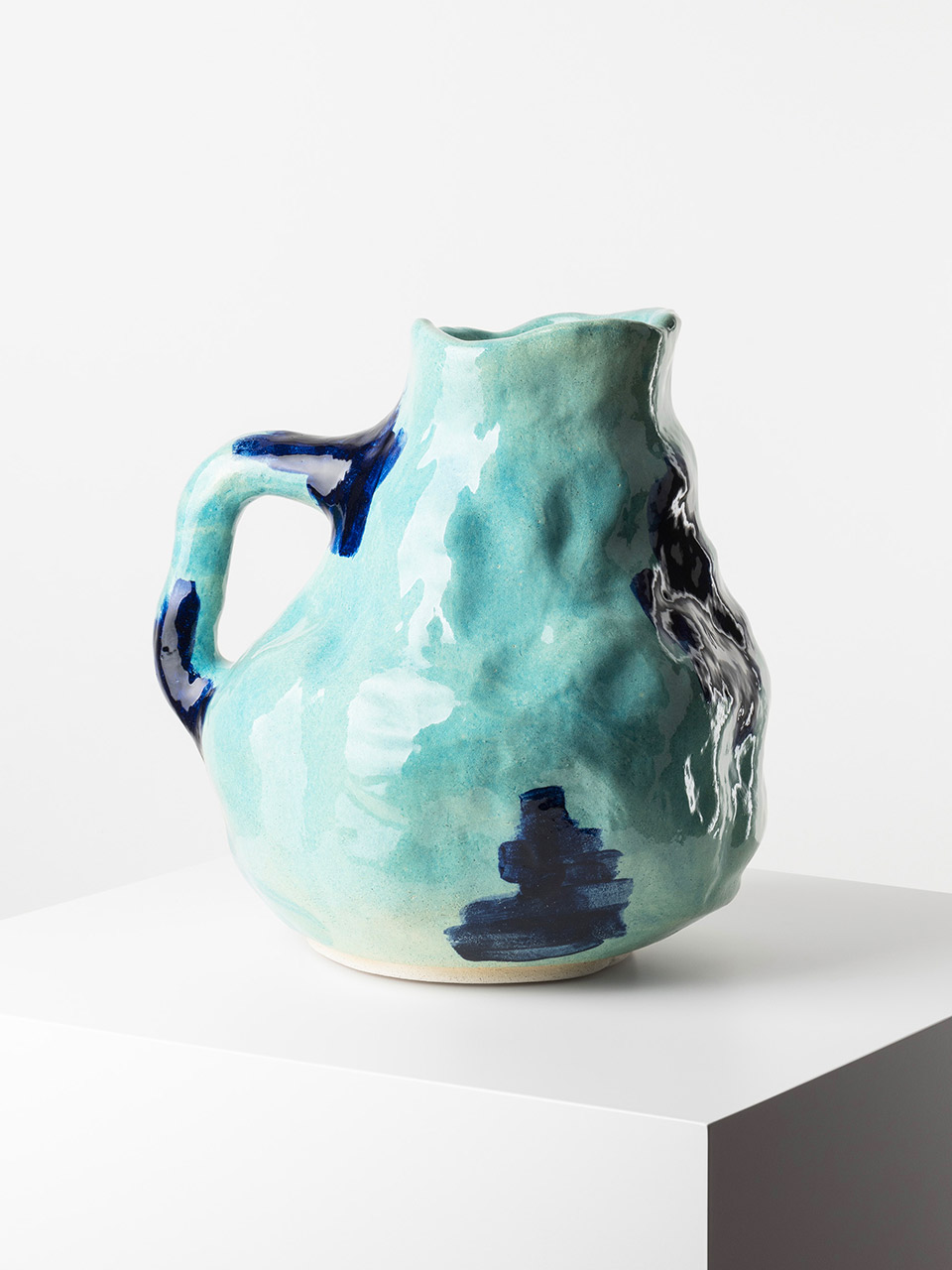
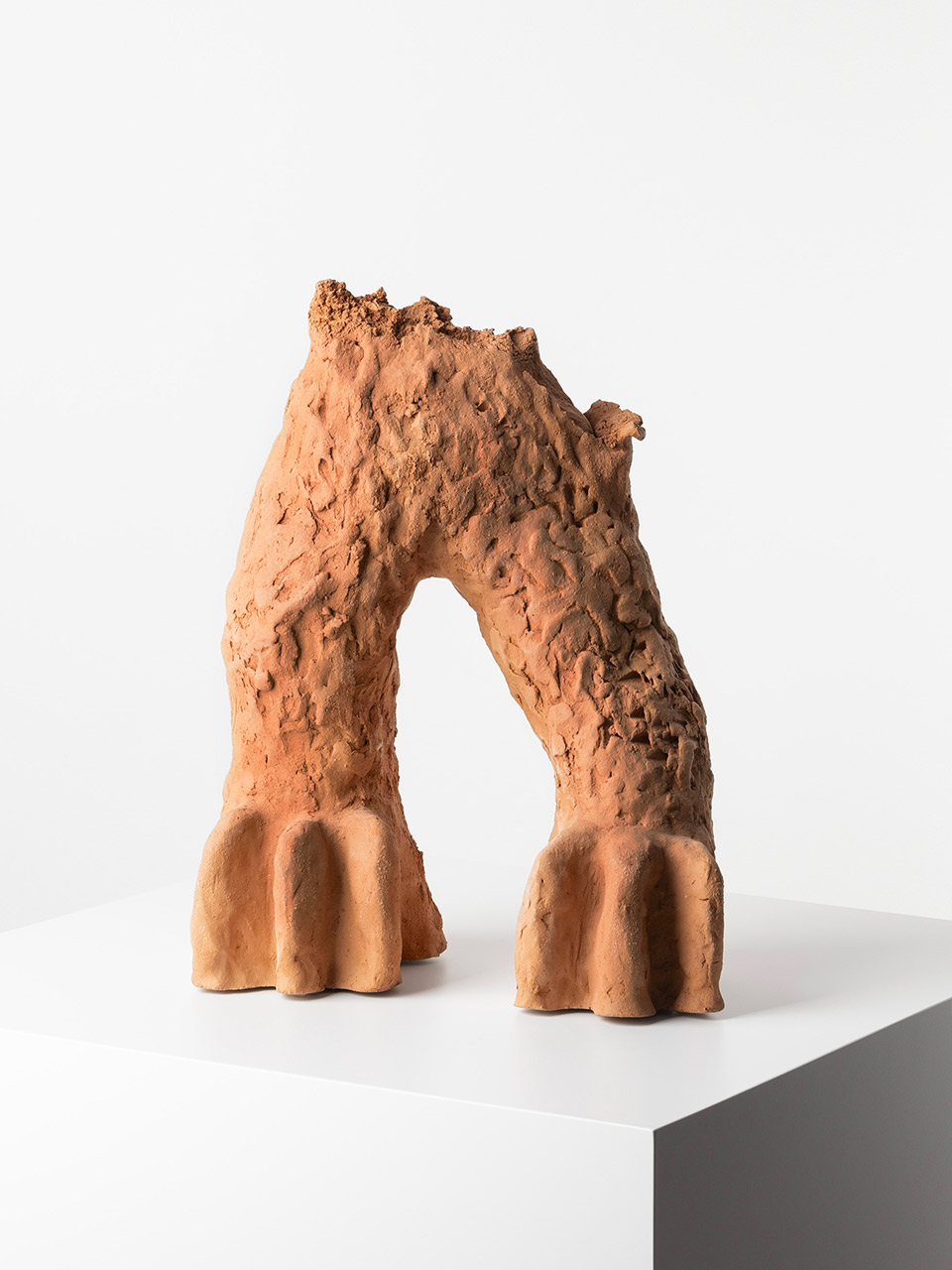
Embedded within these sculptures are echoes of archaeological excavations, where objects are revitalized with colors that have their roots in millennia-long history of ceramics. Each hue represents a result of a complex alchemical process, reflecting the available raw materials and serving as a testament to the technological advancements achieved over time.
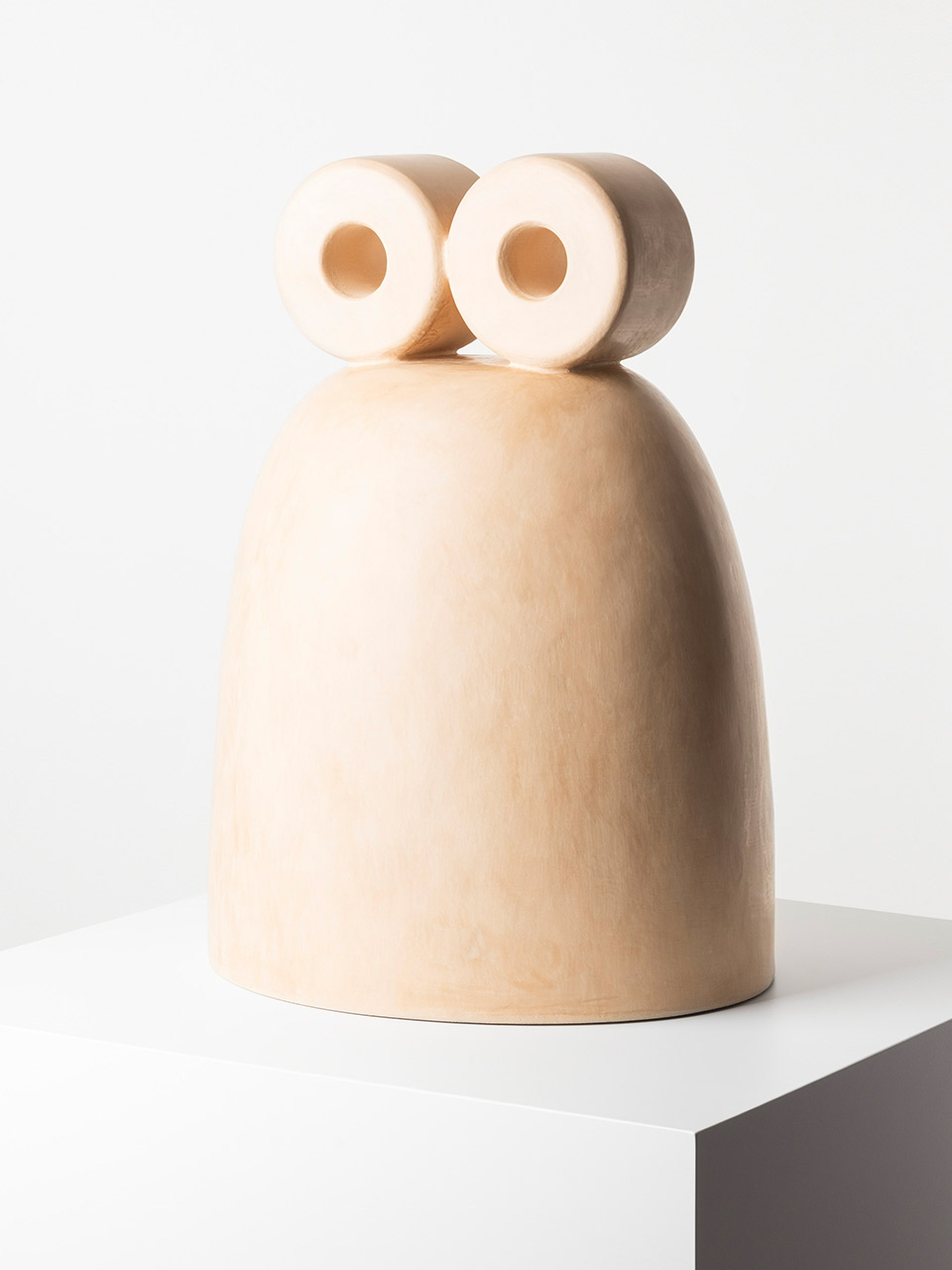
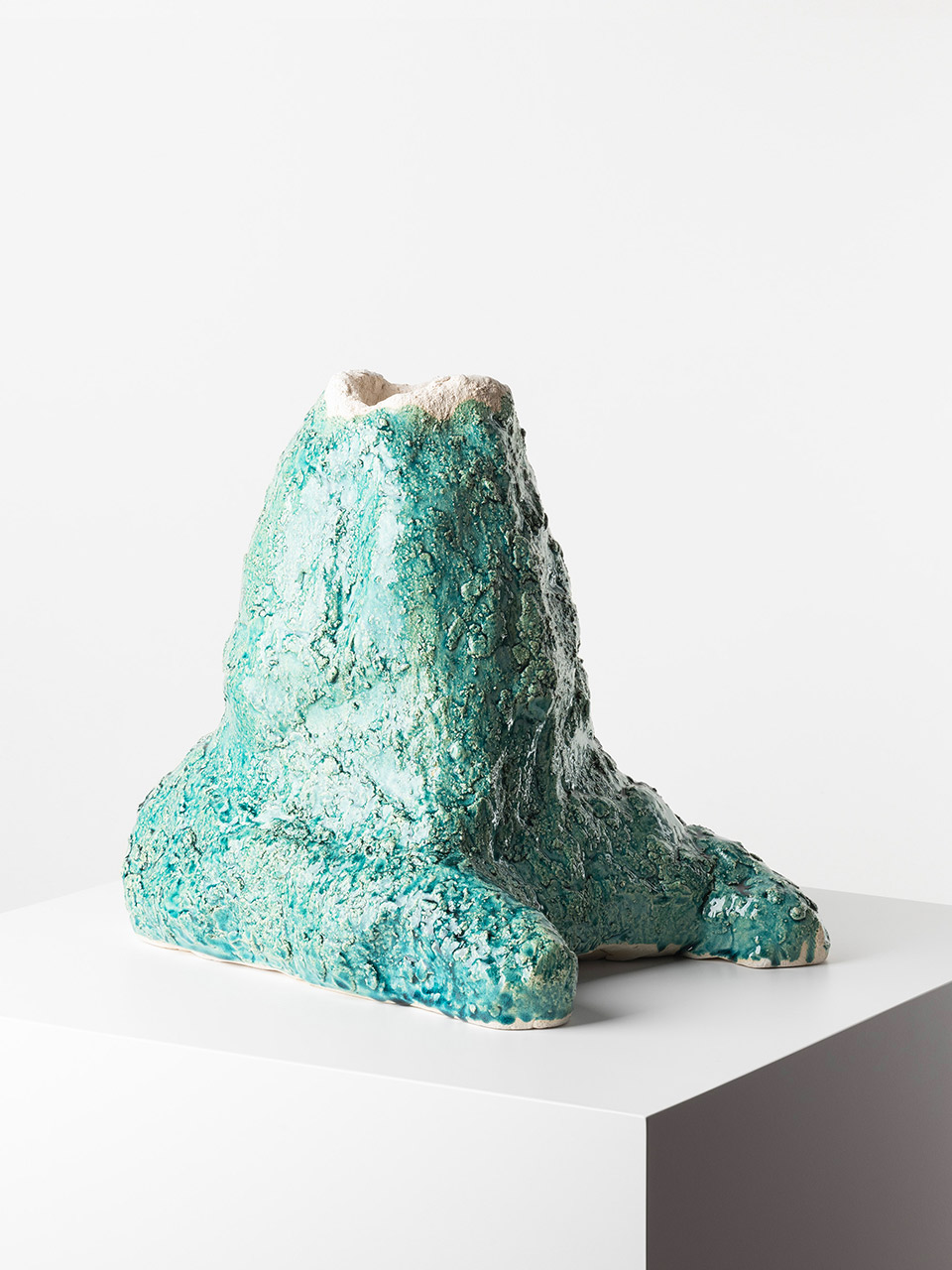
According to Sironi, the present emerges as a product of metabolizing the past, framed within a vision that reinterprets remnants of the ancient world from a postmodern perspective. This aesthetic syncretism celebrates the heterogeneity of elements, serving as an expression of the richness found within different cultural identities.
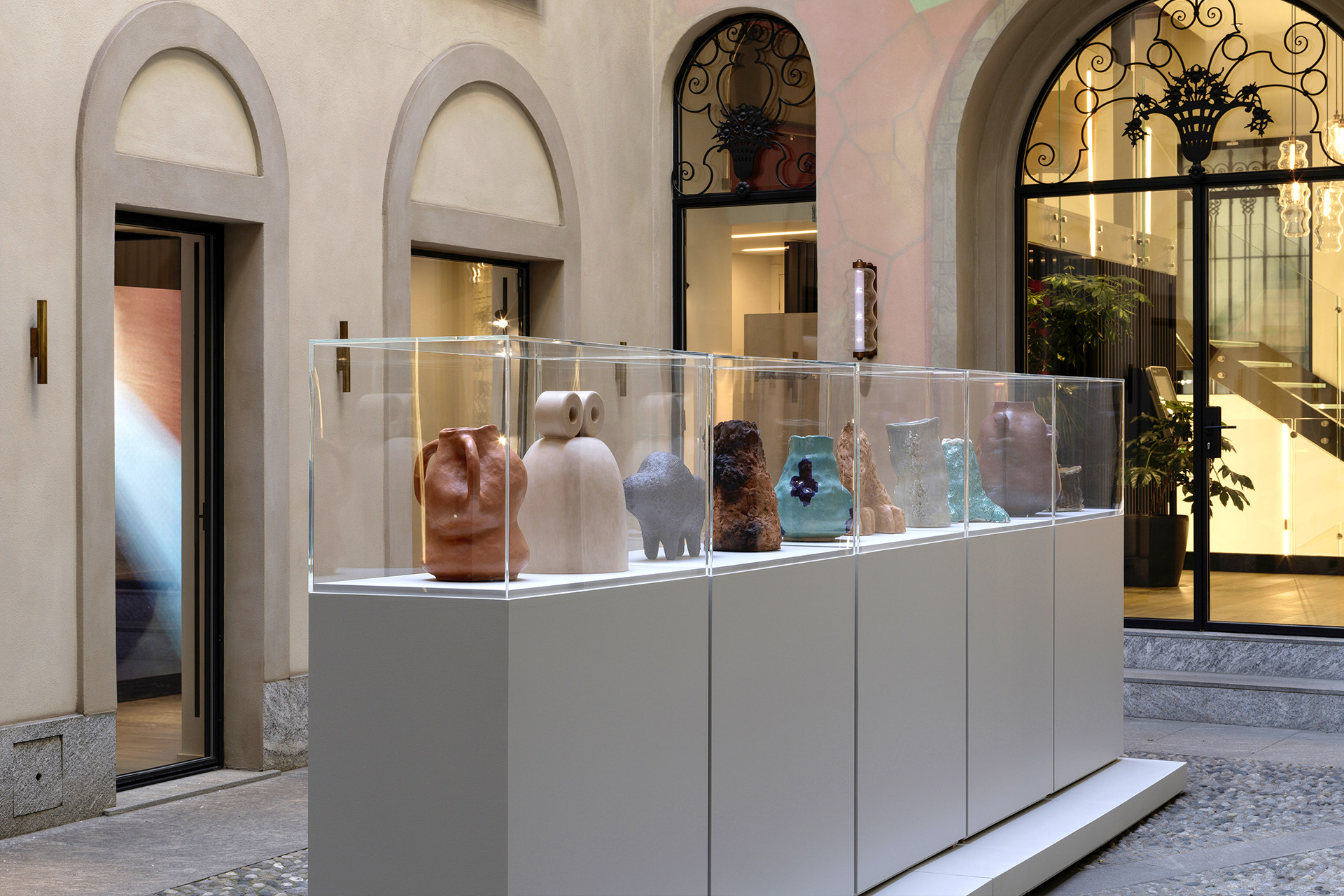
Paul, Greenhalgh. Ceramic. Art and Civilization. Bloomsbury Publishing, 2020
Jenkins-Madina, Marilvn. Raqqa Revisited. Ceramics of Ayyubid Syria. The Metropolitan Museum of Art, New York Yale University Press, New Haven and London, 2006
Patch, Diana Craig. Dawn of Egyptian Art. Metropolitan Museum of Art; First Edition (May 29, 2012)
Valenstein, Suzanne G. A Handbook of Chinese Ceramics. Metropolitan Museum of Art, 1975
Sawyer, Alan R. Ancient Peruvian Ceramics: The Nathan Cummings Collection. Metropolitan Museum of Art, 1966
Butterwick, Kristi. Heritage of Power: Ancient Sculpture from West Mexico, The Andrall E. Pearson Family Collection. Metropolitan Museum of Art, 2004.
Ikehara-Tsukayama; C. Hugo; Kriss, Dawn; Pillsbury, Joanne. Containing the Divine: Ancient Peruvian Pots. Metropolitan Museum of Art, 2023
Lee, Soyoung; with essays by JaHyun Kim Haboush; Sunpyo Hong; Chin-Sung Chang. Art of the Korean Renaissance, 1400–1600 . Metropolitan Museum of Art, 2009
Koyama, Fujio. Heritage of Japanese Ceramics. Weatherhill, 1973
Chesi, Gert. Merzeder, Gerhard. The Nok Culture: Art in Nigeria 2500 Years Ago. Prestel Pub, 2006
Barkley, Glenn. Ceramics: An Atlas of Forms. Thames & Hudson Incorporated, 2023.
Bataille, Georges. Lascaux. La nascita dell’arte. Mimesis, 2007.
Wolfgang, Lauber. L'architecture Dogon. Hatje Cantz, 2011.
David, Coles. Chromatopia: An Illustrated History of Color. Thames & Hudson, 2021
Gustafson, Heidi. Book of Earth: A Guide to Ochre, Pigment, and Raw Color. Abrams Books, 2023
Peña, J. Theodore. Roman Pottery in the Archaeological Record. Cambridge University Press, 2007.
B. Koehl, Robert. Koukounaries I: Mycenaean Pottery from Selected Contexts. Archaeopress, 2021.
Le Fur, Yves. Musée du quai Branly: The Collection - Art from Africa, Asia, Oceania, and the Americas. Skira Editore, 2009.
Germond, Philippe; Livet, Jacques. Bestiario egizio. Feltrinelli, 2001.
Bahrani, Zainab. Mesopotamia: Ancient Art and Architecture. Hames and Hudson Ltd; 1st edition, 2017.
Levy Matt; Shibata Takuro; Shibata Hitomi; Wild Clay: Creating Ceramics and Glazes from Natural and Found Resources. Herbert Pr, 2022
Warburg, Amy. Bilderatlas Mnemosyne. Independent Publishing Platform, 2017